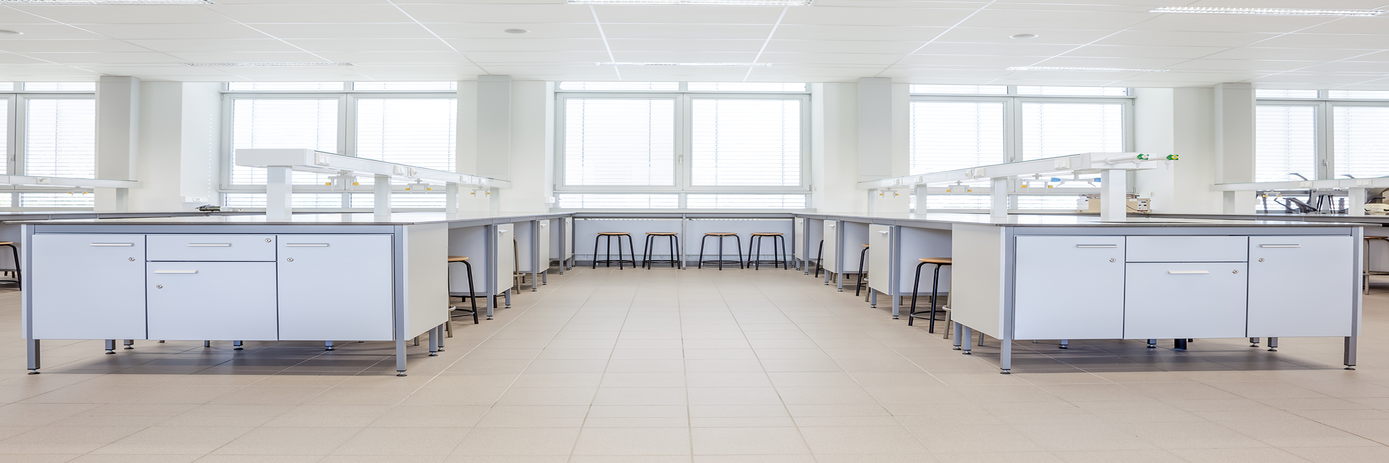Lack of trained laboratory personnel makes automation critical
The laboratory workforce is shrinking, making it more difficult to fill open positions. Factors affecting this workforce decline include:
- A large percentage of employees nearing retirement age
- Shrinking number of graduates from laboratory educational programs
- Fewer people are entering the laboratory workforce
This lack of expertise will make automation a critical component of lab management in the future.
More jobs with fewer people to fill them
The U.S. Bureau of Labor Statistics predicts that between 2018 and 2028, positions in clinical laboratory science, forensic science, agricultural and food science, and environmental science will grow much faster than average.2 Academic institutions are not graduating enough students to meet this demand. While there were 18,000 clinical laboratory science vacancies in 2018, only 5,000 students graduated from accredited CLS programs.1
Aging workforce
A study by Blau and Weinberg showed that in 2017 the average age of PhD scientists was 48.6 years, compared to 45.3 years in 1993.3 The percentage of scientific workers aged 55+ was also much larger than the general employed population.3
More analysis needs to be done
While the number of lab staff is falling, the number of tests to be performed is increasing dramatically due to new technologies, our growing and aging population, and increasingly proactive healthcare and disease-state management. To manage this increase in testing, laboratories need to refocus to increase their efficiency. This creates a huge challenge for laboratories already pressured to find ways to do more with less. Automation closes this gap enabling labs to deliver high quality results even with increasing testing needs and fewer people.
Doing more with less
These challenges drive laboratories to automate and miniaturize their workflows so their employees can work smarter, not harder. Manual laboratory procedures can be error-prone, arduous, and highly repetitive. Graduates don’t spend four to eight years studying science because they want to register and sort thousands of tubes or troubleshoot results. Automation of repetitive manual tasks allows laboratory professionals to focus their expertise on the analytical portion of their work instead of mundane tasks. By reducing hands-on time, automation increases operational efficiency, allowing valued, trained employees to spend more on value-added tasks. Additionally, laboratory automation can help improve the work-life balance of stressed, overworked employees, which in turn increases employee retention and offsets the shrinking workforce.
Manual testing is susceptible to person-to-person and laboratory-to-laboratory variation. Automation increases consistency, efficiency, and reliability thus improving key performance indicators due to process standardization.
Global regulatory agencies are putting an increased focus on data traceability. While this can be a daunting, time-consuming task when performed manually, laboratory automation solutions deliver robust traceable solutions to ensure data accuracy with a minimal amount of user intervention.
References:
- National Accrediting Agency for Clinical Laboratory Science. (2011). Central Texas Phlebotomy Institute. Retrieved from http://phlebotomytraininglocator.com/central-texas-phlebotomy-institute/
- Bureau of Labor Statistics, U.S. Department of Labor. (2020). Retrieved from https://www.bls.gov/
- Blau, D. M., & Weinberg, B. A. (2017). Why the US science and engineering workforce is aging rapidly. Proceedings of the National Academy of Sciences, 114(15), 3879–3884. doi: 10.1073/pnas.1611748114

































